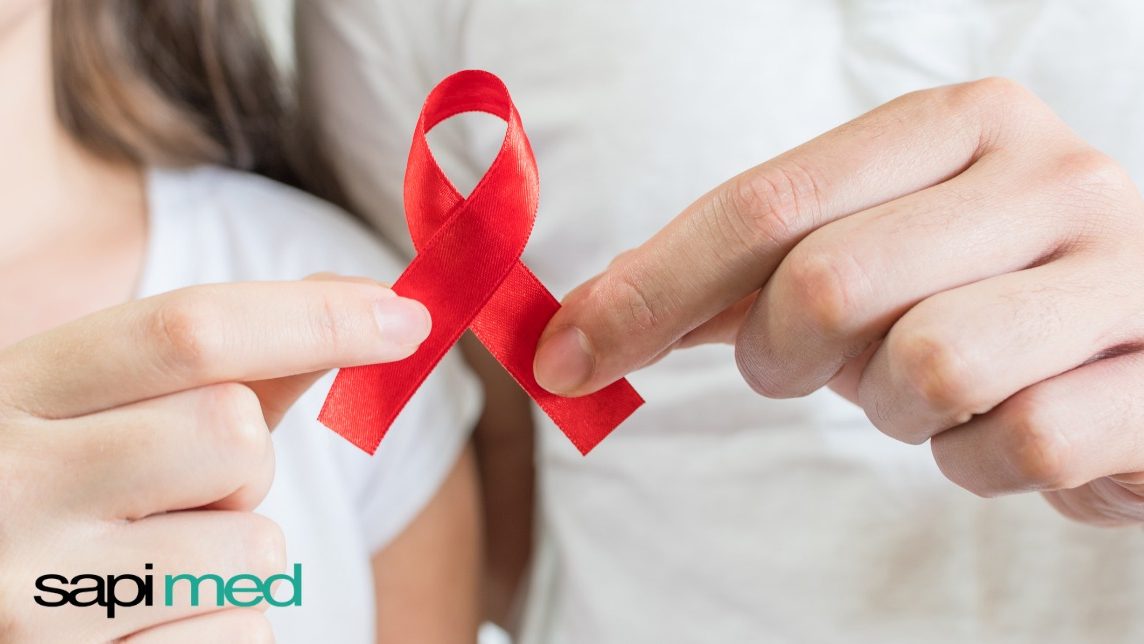STDs: a global health problem
Sexually Transmitted Diseases (STDs) or Sexually Transmitted Infections (STIs) are one of the world’s biggest health problems (in both industrialized and developing countries), with more than 1 million people contracting an STD every day, according to the World Health Organization. Indeed, the number of new cases every year is impressive, a dizzying increase caused by many factors: greater mobility, an increased tendency to have unprotected sexual relations with multiple partners, but above all the lack of a real culture of prevention. The latter plays an essential role in combating the spread of diseases: information, vaccination, use of condoms, but also being aware of the state of health of the partner with whom one chooses to share a sexual relationship, are only the most basic preventive measures recommended by doctors.
What are sexually trasmitted diseases
Science has officially certified the existence of more than 20 different sexually transmitted diseases caused by viruses, bacteria, fungi, parasites or protozoa. Some of the most common ones are:
- Candida
- Chlamydia
- Condyloma
- Hepatitis B or C (HBV or HCV)
- Gonorrhoea
- Genital herpes (HSV)
- AIDS (HIV)
- Papilloma virus (HPV)
- Pubic lice
- Scabies
- Syphilis
- Trichomoniasis
As mentioned on the website of the Ministry of Health ”the agents responsible for STDs are transmitted through any kind of sexual intercourse (vaginal, anal, oral) by contact with the infected organic fluids (sperm, vaginal secretions, saliva) but also through blood (e.g. by transfusions, contact with wounds, exchange of syringes, tattoos and piercing) or tissue or organ transplants, and finally, by direct passage from mother to foetus or to the newborn during pregnancy, childbirth, or lactation.”
While some STDs such as syphilis, chlamydia or gonorrhoea, can fortunately be prevented and effectively cured; others are particularly feared as they are controllable but not treatable. This is the case with AIDS and HPV, where the final eradication of the infection is still not possible.
Symptoms and causes
The infection with an STD is followed by an incubation period during which the infection can be transmitted, even if no disturbance is evident. The length of incubation is different according to the type of infection, at the end of which symptoms or visible signs may develop on the body. Most MST, however, are predominantly non-specific, as many of them have common symptoms and signs. The most frequent manifestations are:
- Pain or burning during urination;
- Pain during sexual intercourse;
- Abnormal odours;
- Abdominal pain;
- Itching and redness around the genital area;
- Abnormal milk-white, yellow or green discharge;
- Ulcers or warts around the genital area;
- Itching, pain or anal bleeding;
- Fever.
Every sexually active person should evaluate with his/her doctor the risk factors that expose him/her to infection. In addition, if you have sexual (even occasional) relationships with multiple partners, it is important to have regular examinations and visits to diagnose infections in a timely manner.
Adolescents and sex education: stop taboos
One of the categories most at risk of contracting an STD is young adolescents, that is the age group from 12 to 24 years of age. Although today’s world allows them to be constantly connected and always have access to content, there is little awareness of this issue. In fact, many young people approach sexuality in an uninformed or even misinformed way. The causes of this misinformation are to be found in the lack of communication among young people, but also with the figures that are essential for growth such as family and institutions.
The difficulty of taking the topic seriously at a young age, the lack in schools of sexual education courses which could be moments of study and discussion on these issues, and finally in the family the incorrect tendency to not mention subjects considered embarrassing. Mental closure strongly contributes to disinformation and consequently to feelings of loss, discomfort and anxiety in the younger ones. An effective prevention protocol, active on multiple fronts such as schools, counsellors and doctors, together with an open family dialogue, would enable adolescents to clearly understand the real risks and the ways of preventing them in order to lead a more serene and responsible sexual life.
For further information, please consult the institutional website of the Ministry of Health.
The contents of this page are for informational purposes only and should in no way replace the advice, diagnosis, or treatment prescribed by your physician. Responses to the same treatment may vary from patient to patient. Always consult your doctor regarding any information related to diagnoses and treatments, and meticulously follow their instructions.



